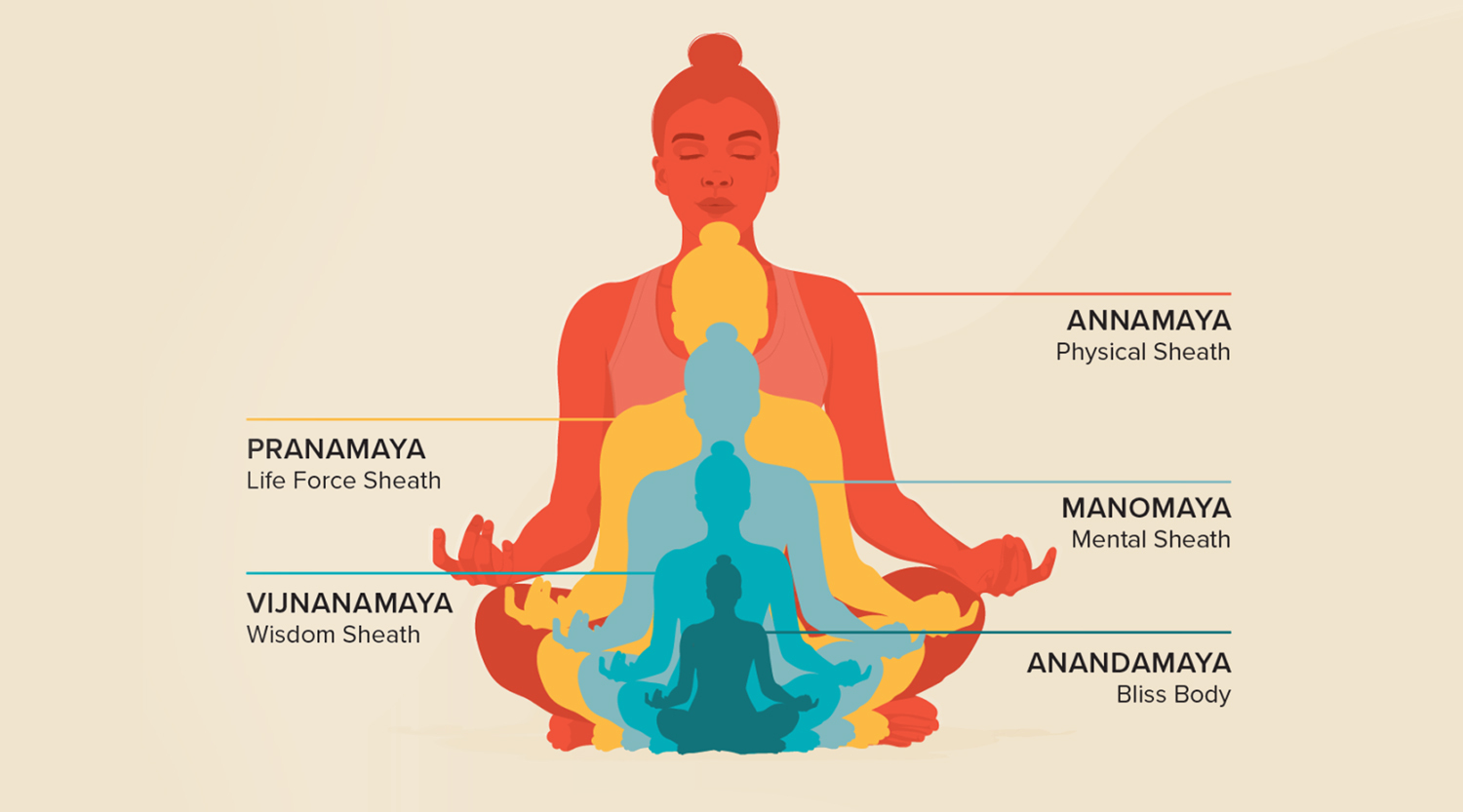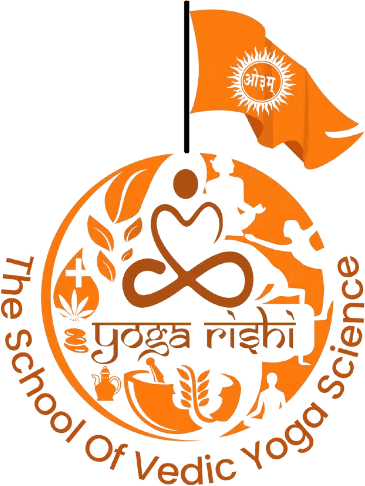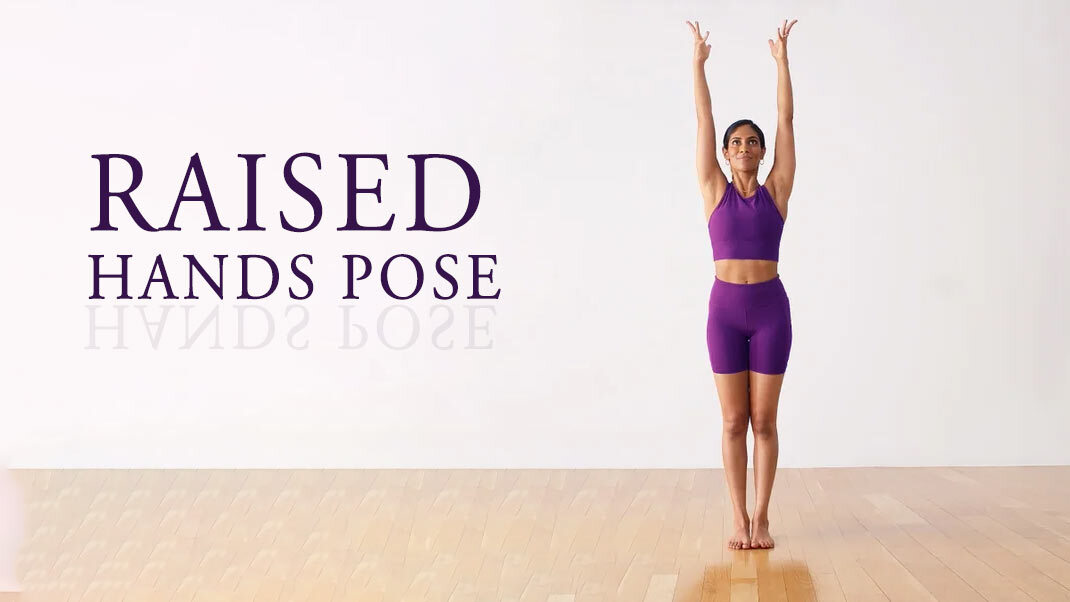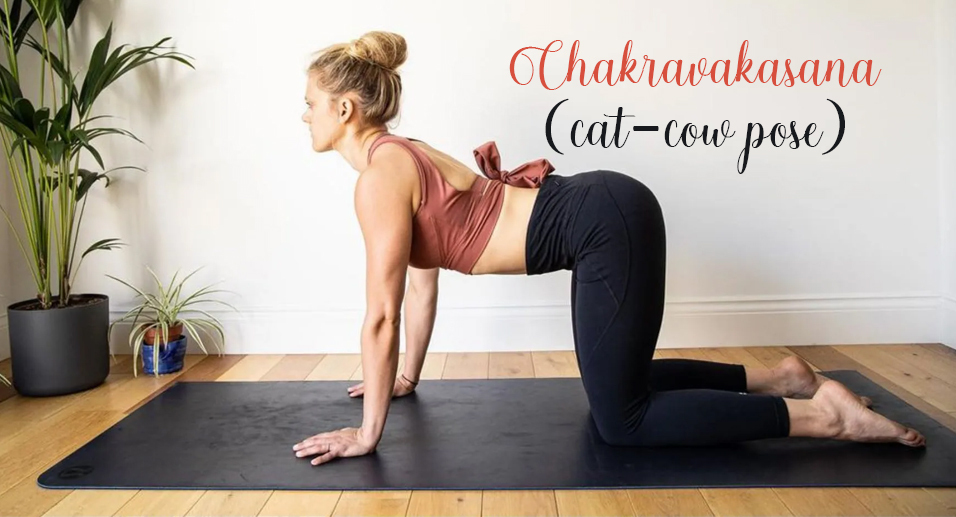
Exploring the Layers of the Self: Unlock True Potential of the Five Koshas
What are the Pancha Koshas?
According to yogic philosophical thought, a person is not merely a physical entity, but is made up of three complicated bodies with several layers that are necessary for life. These layers, called the five koshas, are the secret to discovering who you really are.
They are utilised to define the different facets of human existence, from the material realm to the spiritual. They were initially discussed in the Taitiriya Upanishad, an era-old yoga scripture.
They are interrelated and nestled inside one another. The outermost part is the physical body, while the innermost layer is the joyous soul. They aid in our comprehension of our integral nature and our mutual dependence as well as interconnection of the many facets of our life.
The ‘Three Bodies’ Yogic Philosophy:
The phrase “three bodies” symbolises the three main facets or aspects of a person’s life in the context of yogic philosophy, i.e. the physical, mental, and spiritual. These interrelated bodies offer a comprehensive view of our nature as humans. Let’s examine each of them individually:
- Physical Body (Sthula Sharira):
It is the part that is mostly visible from outside. It consists of the body’s structure, cells, tissues, organs, and all physiological functions that are necessary to support life. It is crucial for our daily operations and the means through which we communicate with the outside world. Exercise and practises like yoga are aimed at preserving its vitality and well-being.
- Astral or Mental Body (Sukshma Sharira):
The mind, emotions, thoughts, and intelligence are all parts of it. It stands for the delicate, non-physical facet of who we are. To relax and regulate its movements, techniques like breathing are used, along with mindfulness techniques like meditation. It is believed that for clarity of thought and inner tranquilly, a healthy mental body is essential.
- Spiritual or Casual Body (Karana Sharira):
It is the most delicate and profound. It is connected to the world of the soul, which is the very centre of who we are. This body is an image for the archive of our previous deeds and the a glimpse of our forthcoming experiences. Studying this component is a fundamental part of yoga and meditation practises.
The Distinction between Koshas & Chakras:
Although both of these ideas are vital to yogic and religious practises, they reflect diverse facets of human existence and have unique properties.
The term Koshas refers to the layers that make up in for many facets of human existence. They address the mental, spiritual, emotional, and bodily aspects. and offer an extensive framework for being self-aware and personal growth. Chakras, on the contrary, are energy hubs situated along the body’s main channel that control the passage of energy and impact both bodily and psychological health.
While Koshas concentrate on the whole self, Chakras mainly focus about the delicate movement of life force across the body. Asanas, meditation, and breathing techniques are frequently used to balance and harmonise these energy centres for maximum vitality and spiritual development.
Let Us Dive into the Five Koshas:
A description of each of the five Koshas is given below:
- Annamaya Kosha (Physical or Food Sheath):
It is the top most one, which stands in for the real body. It includes all of the human body’s physical components, such as the bones, muscles, etc. It’s in charge of how we deal with the outside environment and have sensory experiences. As “Annamaya” signifies “made of food” in Sanskrit, this covering is fed and maintained by the consumption of diet, and it is cared for through asanas.
- Pranamaya Kosha (Vital Energy Sheath):
It is the component that has to do with life force or vital power. It includes the breath, prana – the life-giving energy, and nadis – the inner channels of energy via which prana travels. This sheath affects our physical well-being, strength, and emotional moods and is in charge of directing energy flow inside the body. It is balanced and optimised through techniques like pranayama.
- Manomaya Kosha (Mental Sheath):
It stands for the mental part of who we are. It includes the cognitive functions of the mind as well as ideas, feelings, and aspirations. We feel joy, sorrow, anxiety, and other psychological and emotional experiences in this sheath. This layer is managed through yamas, niyamas, selfless acts of kindness, and techniques like meditation.
- Vijnanamaya Kosha (Wisdom or Intellectual Sheath):
This layer is connected to greater intelligence, knowledge, and judgement. It is a place to reflect, make thoughtful choices, and discover more profound facets of life. This layer is a representation of our intelligence and intuition. Meditation, self-inquiries, and sacred texts study are a few techniques utilised to go deeper into this layer.
- Anandamaya Kosha (Blissful Sheath):
This is the innermost and most delicate layer. It stands for our deepest feeling of happiness, fulfilment, and spiritual connectedness. It is claimed to bring about a profound sensation of oneness with the cosmic awareness when completely realised. Samadhi practise is a powerful method for penetrating this layer profoundly.
Conclusion:
In conclusion, the idea of the Koshas offers an extensive framework for comprehending the several facets of human existence, from the material to the spiritual. It is a useful tool for anyone on a road of finding oneself and personal development since examining and harmonising various levels may result in better awareness of oneself, wellbeing, and spiritual progress.









